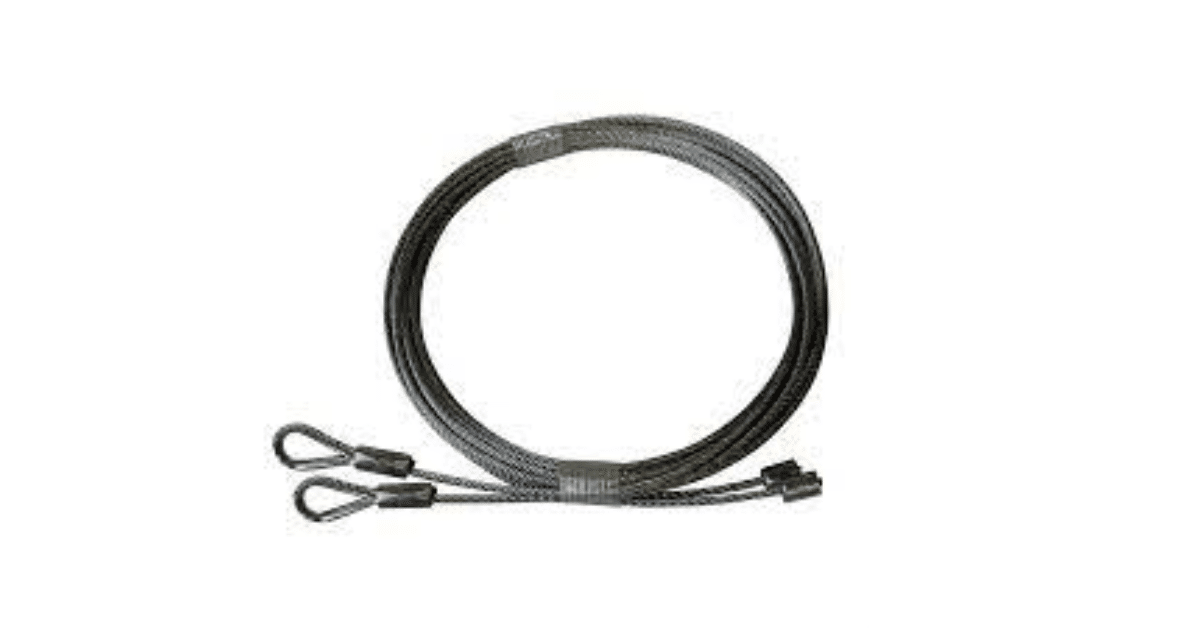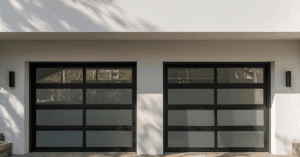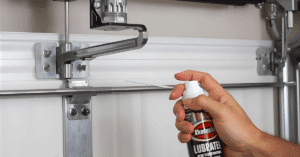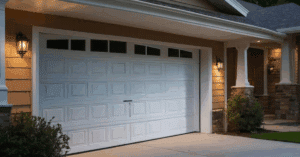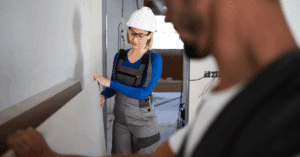A garage door cable plays a vital role in keeping your garage door functioning properly. Over time, it can wear out, fray, or even snap due to tension and frequent use. When that happens, knowing how to replace garage door cable becomes essential for both safety and convenience. This guide will walk you through the entire process—from identifying when your cable needs replacement to performing the job safely and effectively.
The Role of Garage Door Cables
Garage door cables are responsible for lifting and lowering your door smoothly. They work alongside torsion or extension springs, balancing the door’s weight and preventing it from slamming shut. Without them, your garage door won’t open or close properly.
There are two main types of cables used in garage doors:
- Torsion spring cables: Found on doors with torsion springs, these cables are attached to the drum at the top of the door.
- Extension spring cables: Used in systems with extension springs, they run along the sides of the door.
If your garage door seems uneven, moves slowly, or makes grinding noises, it might be time to inspect and replace the cable.
Signs You Need to Replace Your Garage Door Cable
Before you learn how to replace garage door cable, it’s important to know when replacement is necessary. Look for these warning signs:
- Frayed or worn cables: Visible wear or fraying means the cable could snap anytime.
- Door imbalance: If your door hangs unevenly, one cable may have loosened or broken.
- Jerky movement: A damaged cable can cause the door to open or close unevenly.
- Loud noises: Grinding or squealing sounds often indicate cable tension issues.
Replacing a faulty cable promptly prevents accidents and protects other garage door components from unnecessary strain.
Safety Precautions Before Starting
Garage doors operate under high tension, making it crucial to follow safety measures before attempting any repair.
- Disconnect the power: Unplug the garage door opener to prevent accidental activation.
- Secure the door: Clamp locking pliers to the track to keep the door from moving.
- Wear protective gear: Use gloves and safety glasses to prevent injuries.
- Use proper tools: Ensure you have winding bars, wrenches, and replacement cables suited to your door model.
If you’re uncomfortable working with torsion springs or high-tension systems, consider calling a professional technician.
Tools and Materials You’ll Need
Before beginning the garage door cable replacement, gather these items:
- Replacement garage door cables
- Adjustable wrench
- Locking pliers or clamps
- Step ladder
- Socket set
- Safety gloves
- Garage door lubricant
Having all your tools ready ensures a smooth and safe repair process.
Step-by-Step Guide: How to Replace Garage Door Cable
Step 1: Disconnect the Power and Secure the Door
Start by unplugging the opener and ensuring the door is completely closed. Clamp locking pliers onto the tracks just below the bottom roller to keep the door from lifting.
Step 2: Release the Tension
If your system uses torsion springs, carefully unwind the tension using winding bars. Insert the bar into the winding cone and slowly release the spring’s tension by turning it a quarter turn at a time. Always keep a firm grip to prevent injury.
Step 3: Remove the Old Cable
Once the tension is released, detach the old cable from the bottom bracket and drum. Inspect the drum for dirt, rust, or damage before installing the new cable.
Step 4: Install the New Cable
Thread the new cable into the bottom bracket, making sure it’s securely attached. Run it up the side of the door and around the cable drum. Ensure the cable sits properly in the grooves of the drum.
Step 5: Reapply Tension
Slowly rewind the torsion spring by turning the winding bars in the opposite direction. Make sure both cables have equal tension to avoid an unbalanced door.
Step 6: Remove Clamps and Test the Door
Once tension is applied, remove the locking pliers or clamps from the track. Reconnect the opener and test the door several times to ensure it opens and closes smoothly without jerking or imbalance.
Common Mistakes to Avoid During Cable Replacement
- Skipping safety precautions: Never attempt this repair with the power connected.
- Using the wrong cable type: Always use cables compatible with your door system.
- Ignoring other components: Check springs, drums, and pulleys for wear while replacing the cable.
- Overtightening springs: Too much tension can cause cables to snap or damage the door.
When to Call a Professional
While learning how to replace garage door cable is useful, it’s not always a DIY-friendly task. If your garage door uses heavy torsion springs or you notice severe damage to the tracks or drums, it’s safer to contact a trained technician. Professionals have the right tools and expertise to perform the job without risking injury or further damage.
Maintenance Tips for Long-Lasting Cables
To extend the life of your new garage door cables:
- Lubricate the springs, pulleys, and cables every few months.
- Check cable alignment regularly.
- Keep the door tracks clean and free of debris.
- Schedule annual inspections to catch wear early.
Proper maintenance helps your garage door operate smoothly and prevents costly repairs in the long run.
Conclusion
Replacing a garage door cable may seem intimidating, but with the right tools, safety measures, and patience, it’s a manageable task for many homeowners. Understanding how to replace garage door cable not only saves you money but also ensures your garage door functions safely and efficiently. However, if the repair involves high-tension springs or complex systems, never hesitate to call a professional for assistance.
FAQs About Replacing Garage Door Cable
Q1: How often should I replace my garage door cable?
A: Most cables last 5–7 years, depending on usage and maintenance.
Q2: Can I replace one cable, or should I replace both?
A: It’s recommended to replace both cables at the same time to maintain balance and even wear.
Q3: Is it dangerous to replace a garage door cable myself?
A: Yes, if torsion springs are involved. Always follow safety steps or hire a professional.
Q4: What causes garage door cables to break?
A: Wear and tear, rust, and improper tension are common causes. Regular maintenance helps prevent this.
Q5: Can I lubricate my garage door cables?
A: Yes, use a silicone-based lubricant to reduce friction and prolong cable life.

